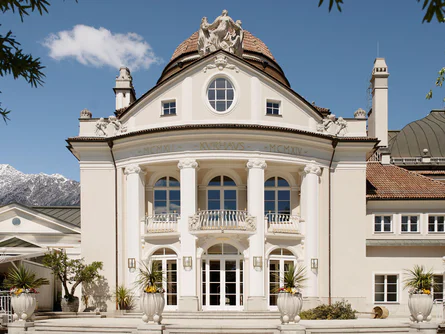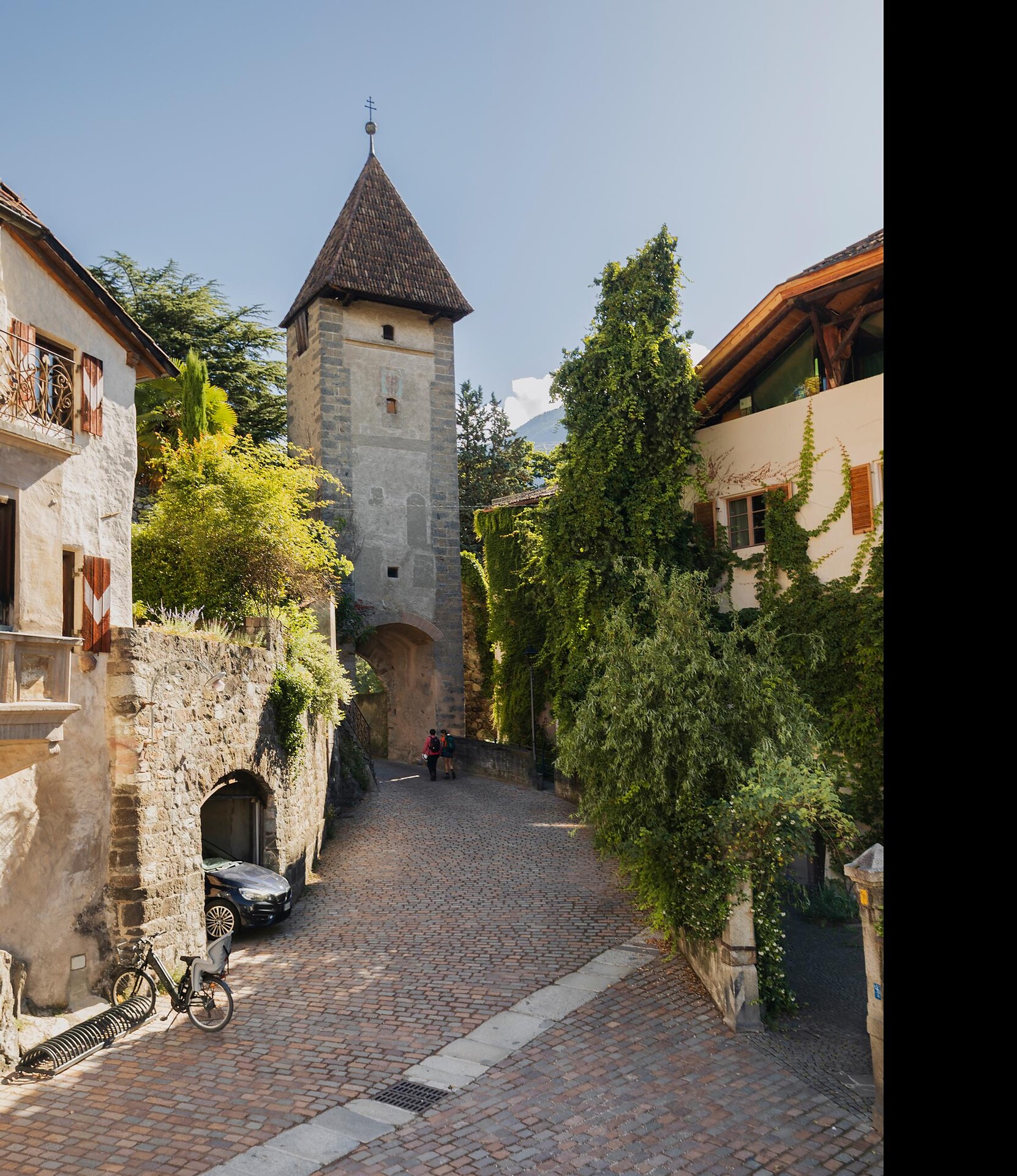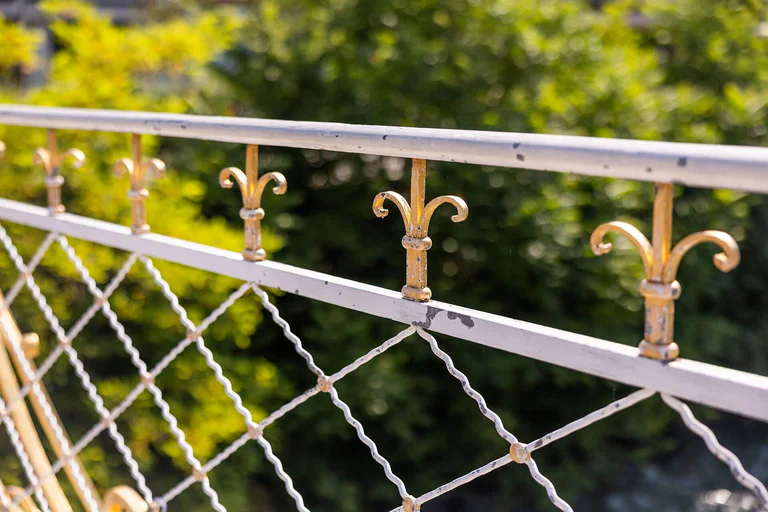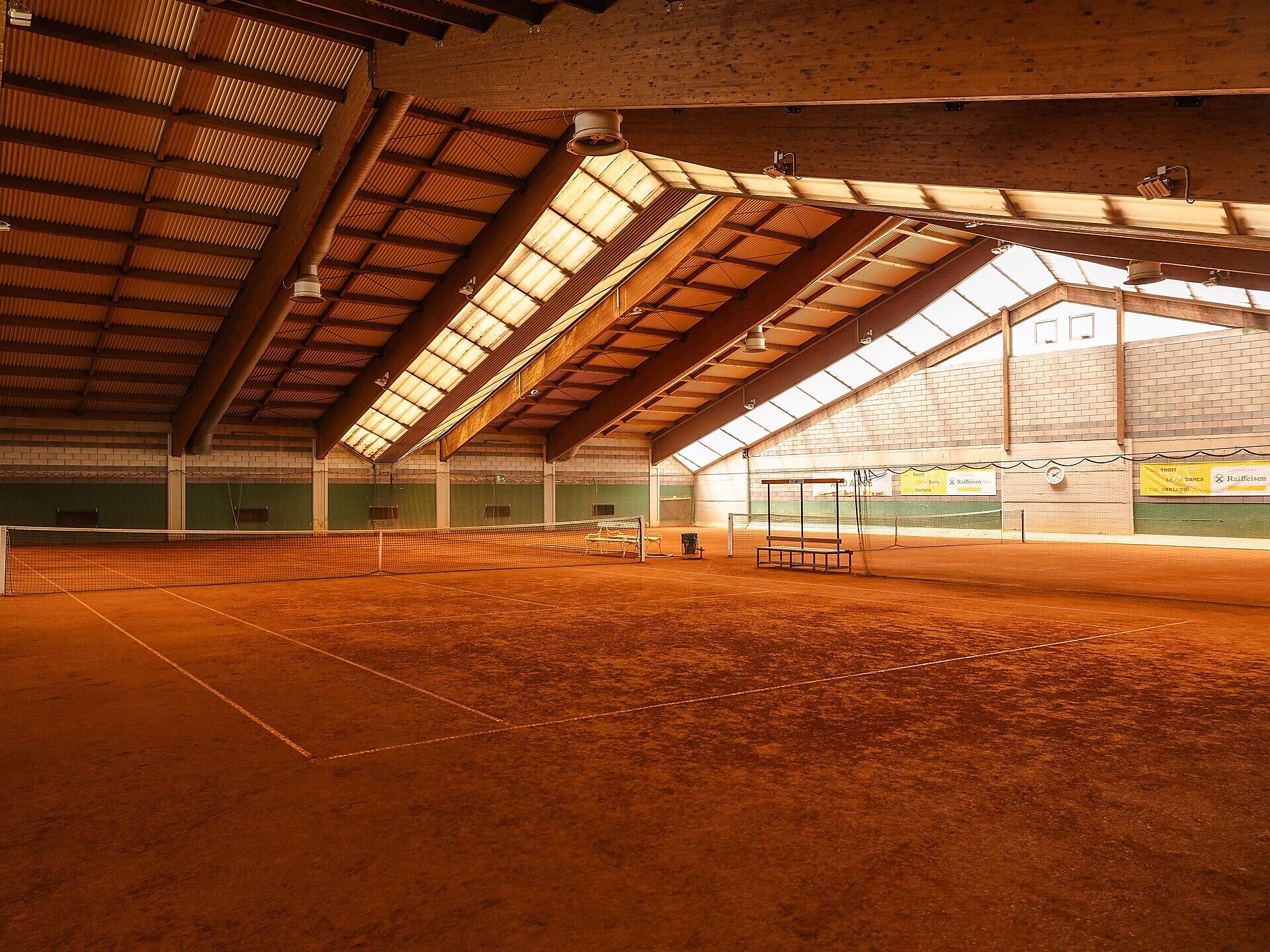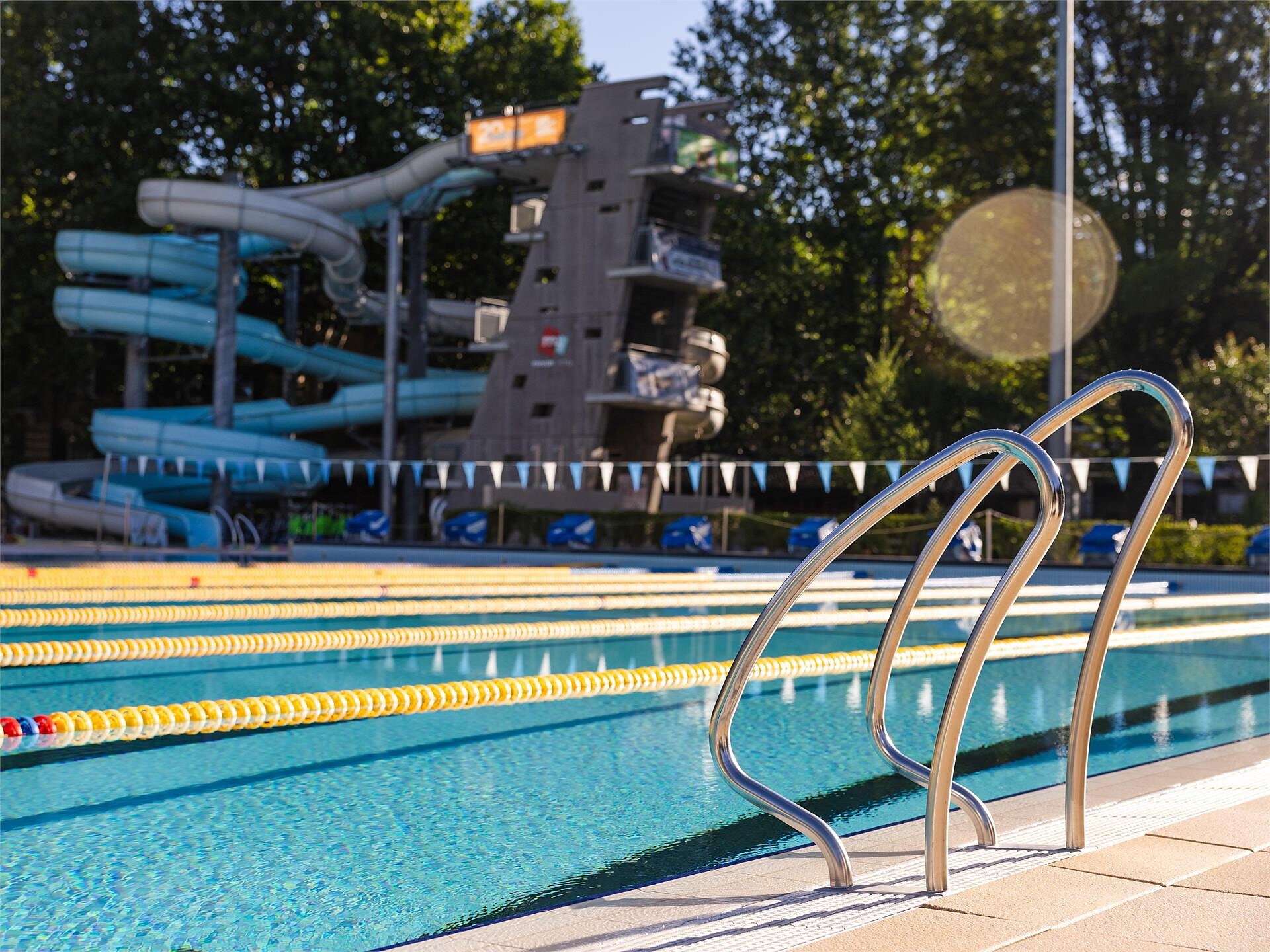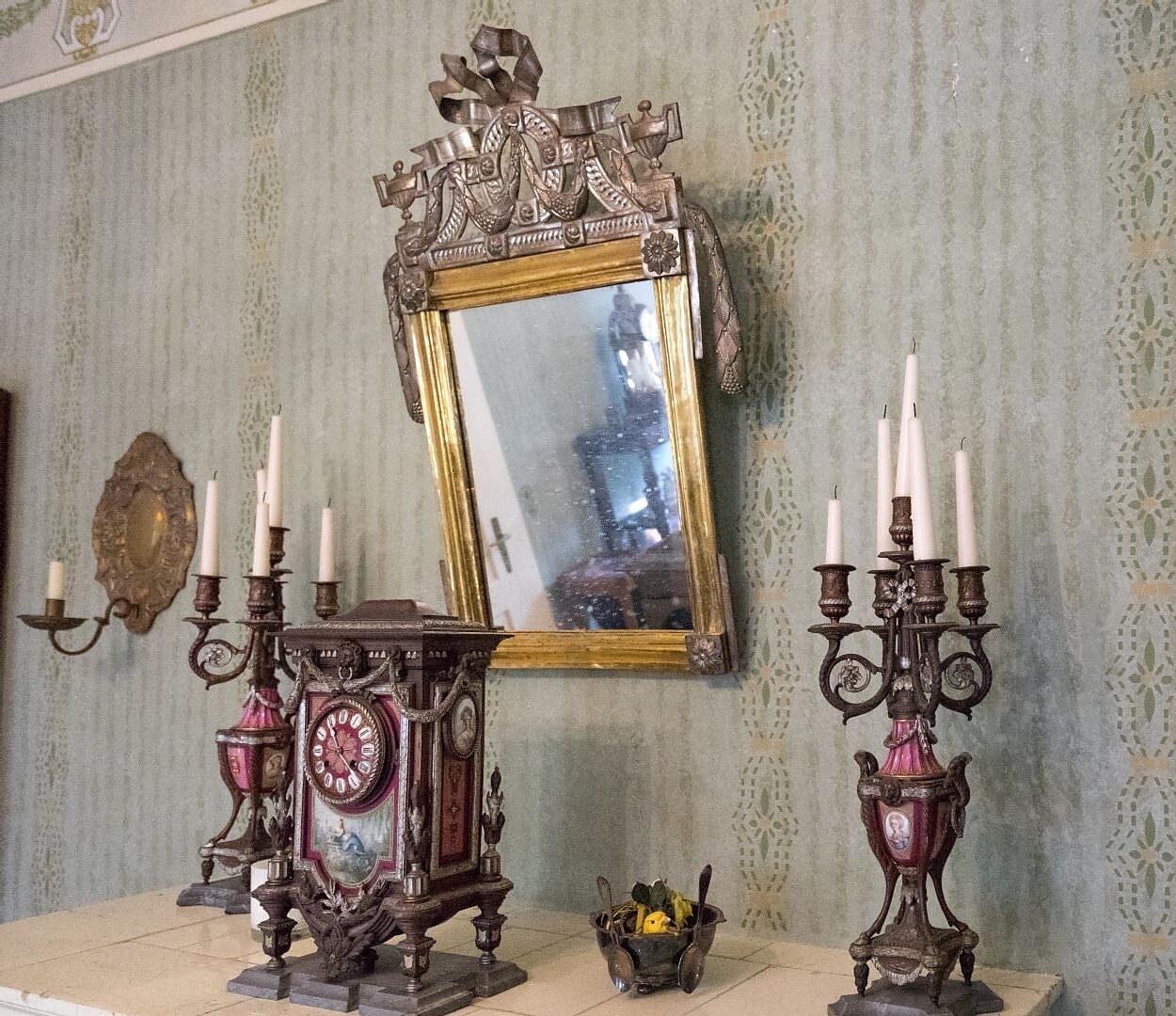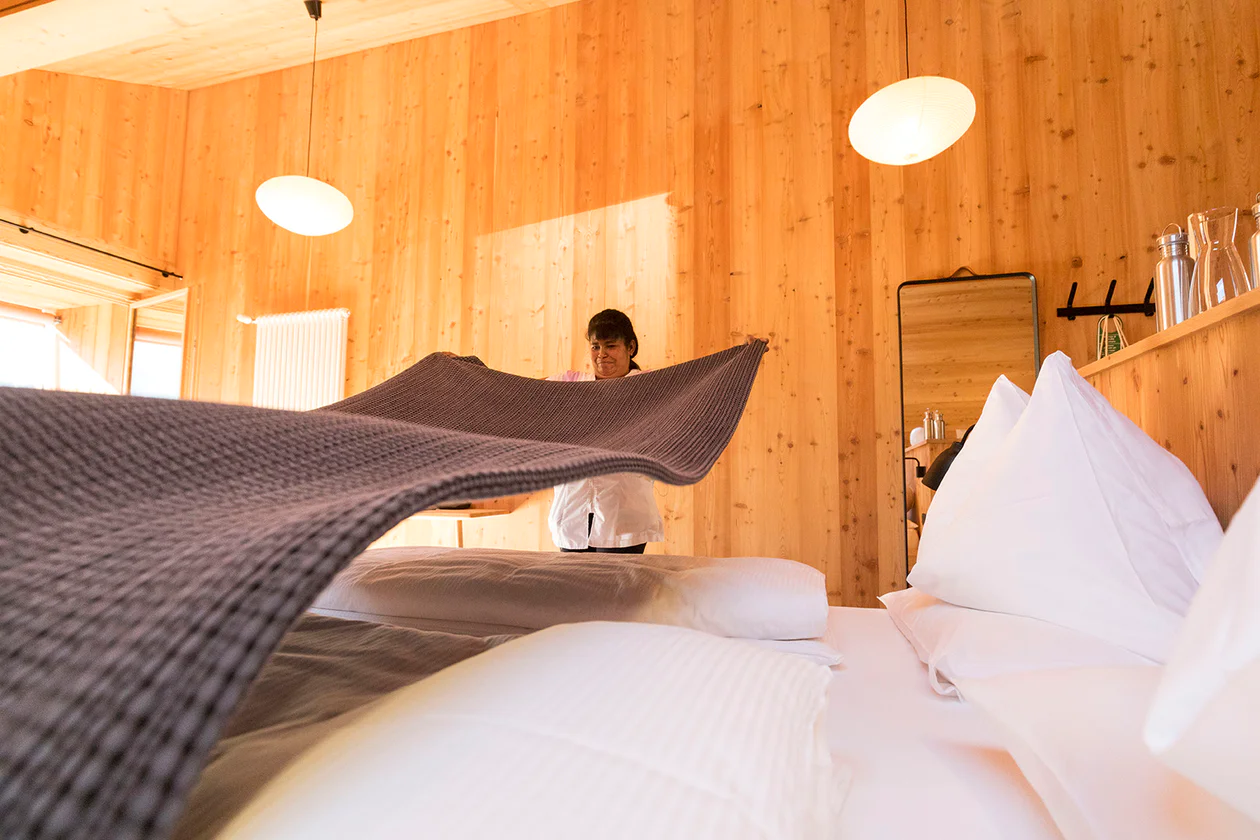In the heart of Merano, right along the banks of the Passer River, stands one of the city’s most iconic landmarks: the Kurhaus. This architectural jewel of the Belle Époque first opened its doors in 1874 and quickly captured the imagination of Europe’s high society with its elegant façade and lavish interiors. Its radiant white exterior still echoes the opulence of the Gründerzeit era, while the distinctive dome and playful Art Nouveau flourishes are the result of a major expansion between 1912 and 1914, led by famed Viennese architect Friedrich Ohmann. It was then that the building gained its defining features: the grand Kursaal, the Rotunda, and the celebrated Art Nouveau dome.
At the height of the Austro-Hungarian Empire, the Kurhaus served as Merano’s vibrant social heart. Its ornate halls hosted aristocrats and intellectuals who gathered to dance, attend concerts, and exchange ideas in an atmosphere of refined leisure. Empress Elisabeth of Austria, known as Sisi, is said to have strolled through its rooms, and Emperor Franz Joseph I himself paid a visit. Literary figures like Rainer Maria Rilke and composers such as Richard Strauss and Franz Lehár drew inspiration from the region’s mild climate and exclusive ambiance. In the Mirror Hall – today the Pavillon des Fleurs – chamber music once filled the air, while outside, palm trees and flowerbeds lent a Mediterranean charm.
Over the decades, the Kurhaus became increasingly renowned, and Merano rose to prominence as a cultural and spa destination.
To this day, the Kurhaus defines the cityscape of Merano with its majestic architecture and unparalleled location on the Passer Promenade. Framed by lush Mediterranean plantings and the dramatic peaks of the Texelgruppe Nature Park, the building radiates elegance at the heart of the old town. Outside its stately gates, visitors and locals alike stroll beneath the chestnut trees; inside, marble columns, intricate stucco work, and ceiling frescoes evoke a bygone era. Yet the Kurhaus is more than a relic of the past – it is a living, breathing part of Merano’s identity.
Today, the Kurhaus pulses with cultural life. It regularly opens its doors for a wide array of events: classical and contemporary concerts during the internationally acclaimed Merano Music Weeks, glamorous balls, prestigious conferences, and trendsetting gatherings like the Merano WineFestival all find a home here.
The Kurhaus offers an inspiring setting where young artists share the stage with world- renowned performers. Food lovers discover the region’s finest flavors during gourmet events, stylish banquets, and culinary festivals. All of these occasions have one thing in common: a quiet sophistication that lingers long after the evening ends. The Kurhaus Merano is not merely a historical monument – it is a timeless space where past and present meet in harmony, creating moments of beauty, culture, and connection.

